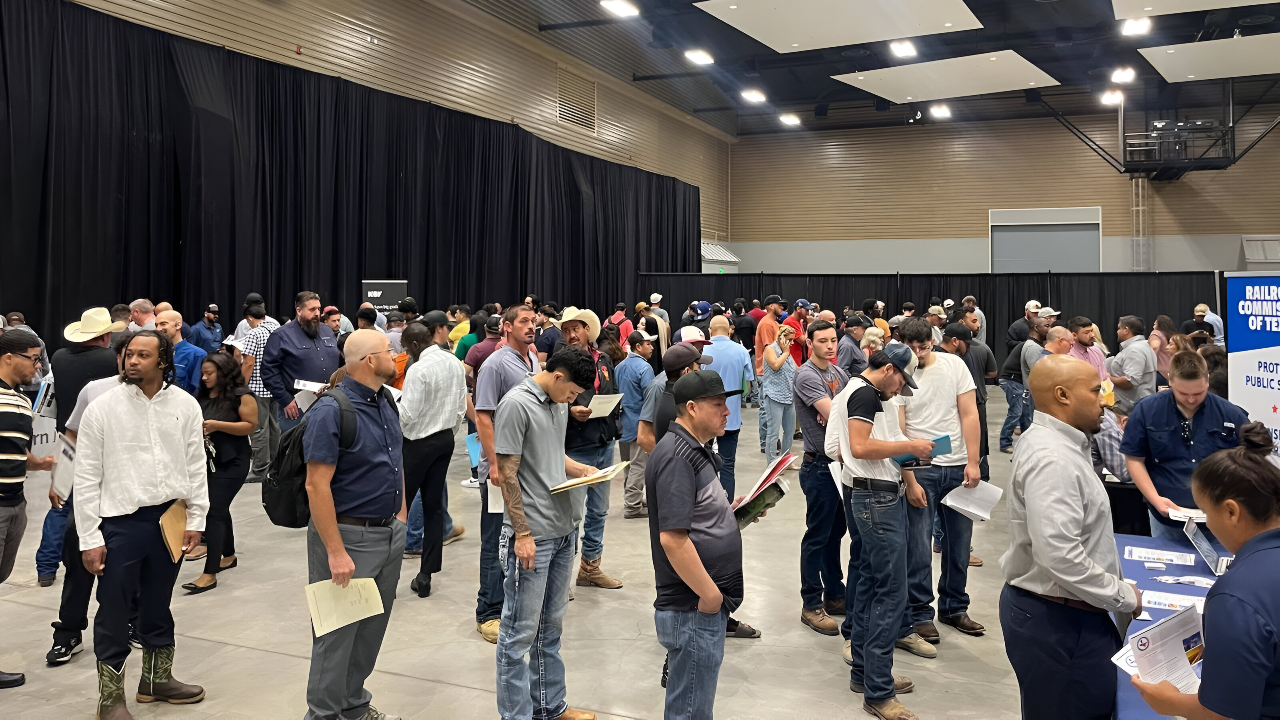
In just two weeks between late September and early October 2025, more than 1,280 Texans found out they were losing their jobs.
Ten major employers filed mass layoff notices with the Texas Workforce Commission, creating what many experts called a “two-week tsunami” of job losses.
The cuts hit workers from all over the state—from semiconductor factories in Dallas and airline crews in Houston to government contractors in San Antonio and nonprofit workers in Austin.
Every major Texas city and nearly every industry felt the shock.
Silent Warning
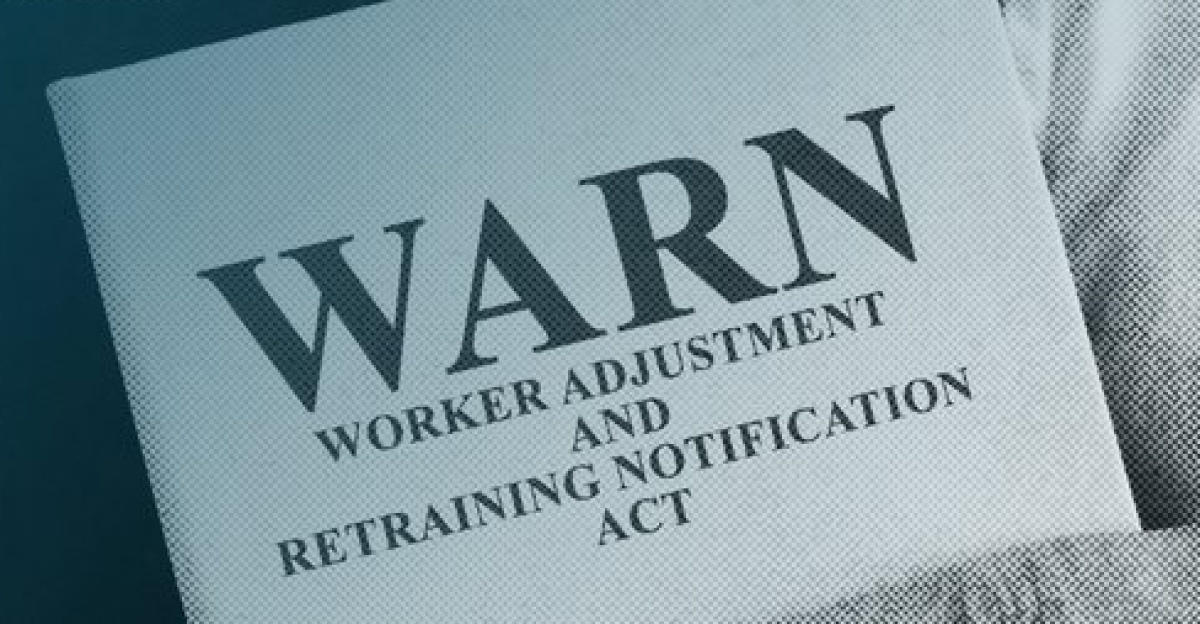
Few people know about the federal Worker Adjustment and Retraining Notification (WARN) Act, passed in the late 1980s.
Large employers with at least 100 employees must give 60 days’ notice before closing plants or laying off 50 or more people at a single site.
Texas has no additional protections beyond this federal rule, meaning the WARN Act is the only safety net for workers caught up in mass layoffs.
Lawmakers designed it to protect employees from sudden job losses and to give them time to plan their next steps or retrain for new careers.
Manufacturing Collapse
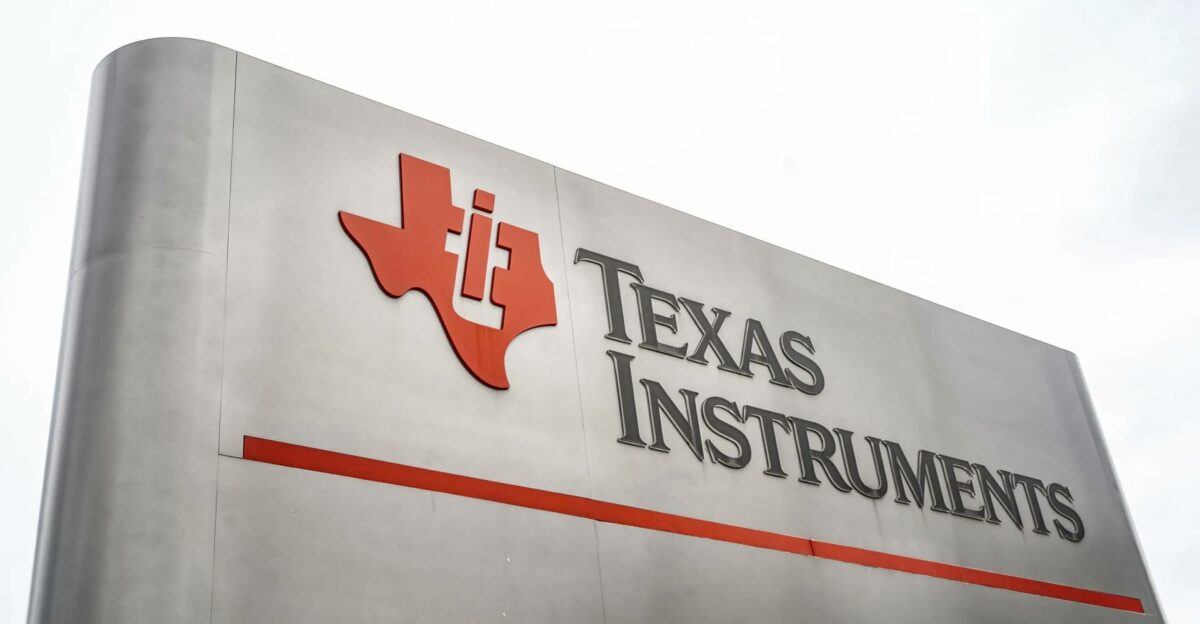
Texas Instruments, a leading chip manufacturer based in Dallas, announced it would shut down its old 150-millimeter wafer production line, eliminating 183 jobs.
The company explained the decision as a “strategic realignment,” but analysts said the factory had become outdated.
These older “zombie fabs” operate with decades-old machines that manufacturers cannot replace or repair using modern parts, forcing companies to maintain them prohibitively.
The shutdown highlights a broader issue in U.S. manufacturing—aging facilities struggling to compete with newer, higher-capacity plants overseas.
Aviation Freefall

Spirit Airlines, which has had a rough year financially, filed for bankruptcy twice in 2025.
The airline announced it would furlough 224 flight attendants across Dallas and Houston starting in December.
The company described the move as ‘temporary’ but gave no timeline for when it would call those employees back.
Even after receiving millions in investment and debt restructuring earlier in the year, Spirit continued cutting jobs to stay afloat in a fiercely competitive airline market.
Contract Fallout

These employees managed the massive military hospital’s cleaning, maintenance, and operations for over twenty years.
The contractor in charge—CBRE Government & Defense Services—lost its $175 million federal contract after two decades of renewals.
The reason for the contract termination was never publicly explained, leaving many long-serving employees without a clear path forward.
Regional Devastation

The sudden layoffs hit Texas’s largest cities hardest. San Antonio suffered the most significant losses with 279 BAMC workers gone.
Houston faced two major blows—Spirit Airlines and the Yang Ming shipping company, which closed its customer service office, cutting 118 jobs.
Austin lost 109 shelter workers after ending its contract with Urban Alchemy. Dallas lost 183 Texas Instruments jobs, while the shipyard in Brownsville downsized by 91 positions.
Smaller towns like Palestine and Brownsville felt the layoffs even more because local economies depend heavily on a few big employers.
Human Cost

For nearly 300 San Antonio-based BAMC employees, the layoffs upended decades-old livelihoods. These workers lost steady salaries, healthcare, job security, and pension benefits.
A CBRE spokesperson said the layoffs “resulted from the client’s decision not to renew its contract” and hinted they might find work with a new service provider—but that promise came with no guarantees.
Many layoffs happened just before the holidays, raising fears for families unsure how to manage without their next paycheck.
Economic Ripple
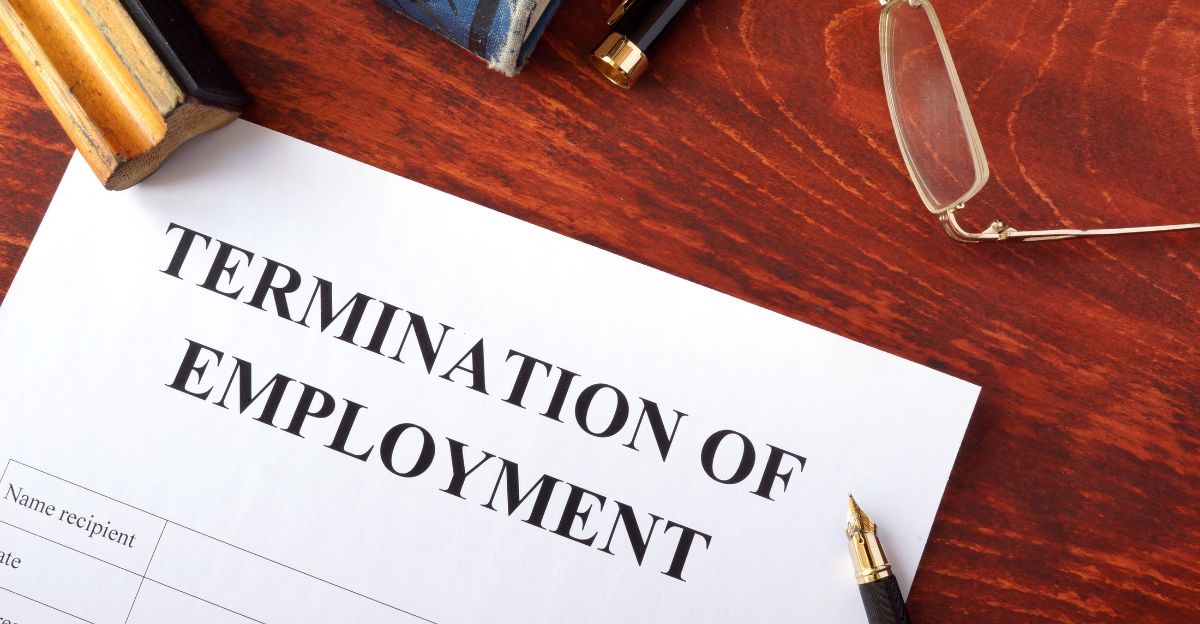
The 1,280 job losses ripple far beyond those directly affected. With the average Texas household size around four, more than 5,000 people have felt the personal and financial strain.
The collective loss amounts to roughly $80–$90 million in wages yearly—a serious hit to local economies.
As household incomes drop, spending at local stores, restaurants, and small businesses falls too, producing a snowball effect that could harm regional economies long after the layoffs are complete.
Industry Analysis

The cuts spanned manufacturing, healthcare, shipping, public contracts, and air travel—showing that no single industry was safe.
Manufacturing lost jobs at Texas Instruments and Leviat, while Spirit Airlines cut airline staff statewide.
The federal contract sector was another casualty, with CBRE, NASA, and visa-processing jobs all disappearing. Even healthcare experienced reductions at Memorial Hermann in Houston.
Nearly every layoff notice cited “changing business needs” or “contract expiration,” phrases used to soften the reality that thousands of families were losing their incomes.
Data Scandal

In Austin, 109 Urban Alchemy workers lost their jobs after the city determined the nonprofit had falsified data in homeless shelter reports.
Employees had reportedly changed exit data in a tracking system to make shelters look more efficient. Once the city discovered the issue, it immediately ended its contract. Urban Alchemy admitted the wrongdoing and terminated five staff members responsible.
Their honesty did not prevent the contract’s loss, and hundreds of shelter clients suddenly faced uncertainty when operations were handed over to another provider.
Corporate Response
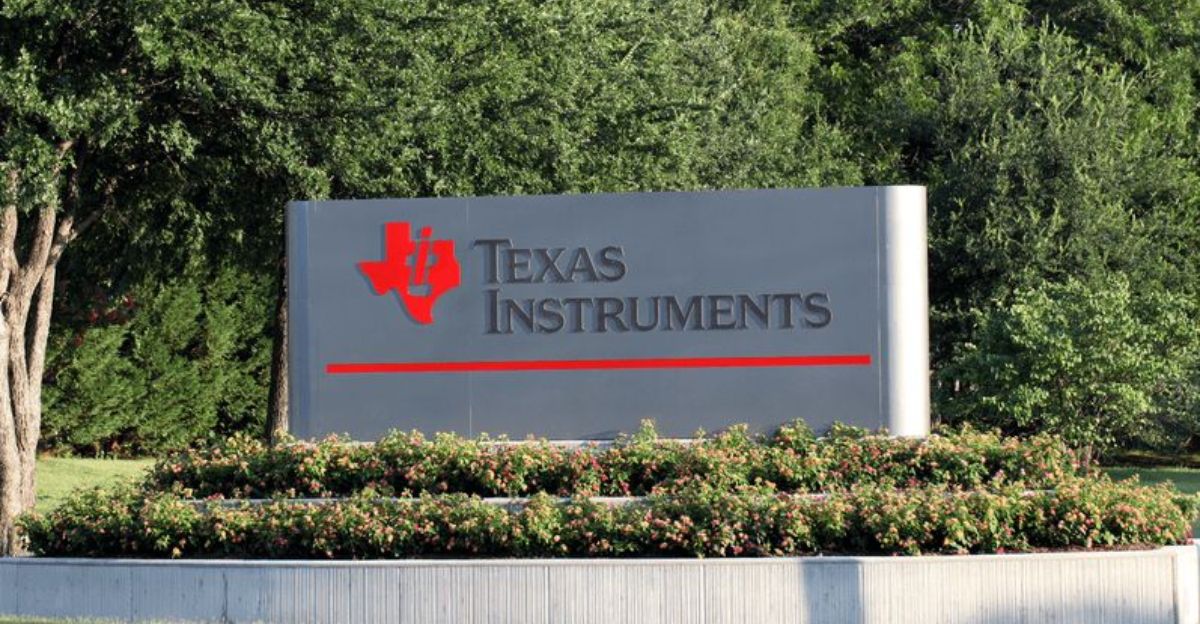
Companies across the layoffs gave similar statements to justify their decisions. Texas Instruments said it was “realigning for long-term stability.”
Spirit Airlines blamed its “financial performance” and promised furloughs would be “temporary.” Yang Ming Shipping said simply that “business needs have changed.”
Only Urban Alchemy accepted fault, admitting mistakes in data reporting. Most corporations avoided acknowledging the personal toll on their workers, instead framing layoffs as standard business adjustments.
Government Silence
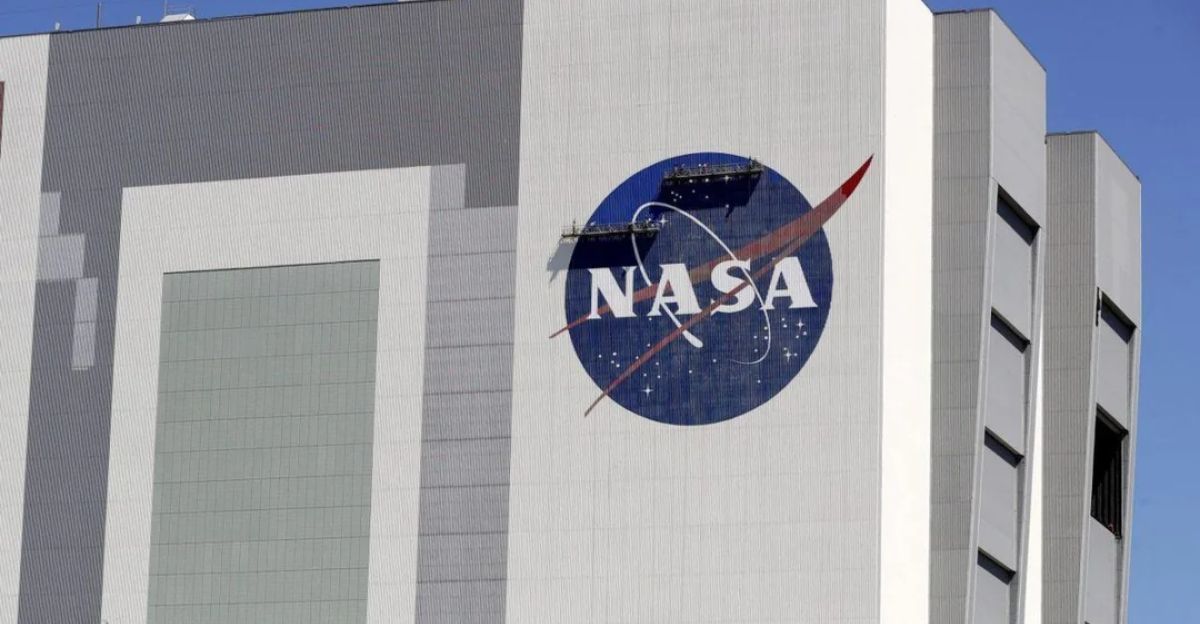
While private companies reacted to reporters, government agencies largely stayed quiet. The U.S. Army refused to comment on why it ended BAMC’s 20-year facilities contract, citing a government shutdown.
NASA closed one of its longest-running research balloon programs in Texas with almost no public explanation.
Workers said the lack of information left them angry and confused, and some experts suggested the contract cuts might be part of a larger shift in how federal agencies manage spending.
Worker Protections

Under the WARN Act, employers must give 60 days’ notice before mass layoffs.
But the law doesn’t guarantee severance pay or benefits beyond that. Workers who lose jobs through no fault can apply for unemployment benefits in Texas, which cover around 55% of weekly wages.
Claimants must file immediately because unemployment offices begin payments only from the week they file.
The Texas Workforce Commission offers online and phone support to help workers file paperwork quickly and look for new opportunities.
Industry Transformation

The layoffs highlight profound structural changes in industries nationwide. Texas Instruments is shifting its focus to high-tech 300mm wafers that produce more chips per batch, replacing outdated production lines.
Yang Ming and others in logistics are automating customer service and moving operations to centralized hubs.
Experts say these changes aren’t just about cost savings—they mark a long-term transition toward digital and AI-supported economies that rely less on manual labor.
Looking Ahead

The big question is whether laid-off Texans will find new jobs soon.
Some, like skilled welders and engineers, could shift into industries such as LNG power-plant production or renewable energy.
Others, particularly federal contractors, face uncertain futures tied to new bidding rules and contract reforms. As one analyst said, “When thousands of jobs disappear in weeks, it’s not just a local story—it’s a national warning.”
Regulatory Landscape

Federal procurement reforms issued in 2025 may have contributed to federal layoffs.
New executive orders from President Trump required government agencies to use “Best-in-Class” contracts to streamline spending and reduce redundancy.
The government may have cut long-standing vendors like CBRE simply because their contracts didn’t fit the new structure.
Analysts suggest these rules, meant to save taxpayer money, also wiped out long-term employment stability for many civilian federal workers.
Statewide Trend
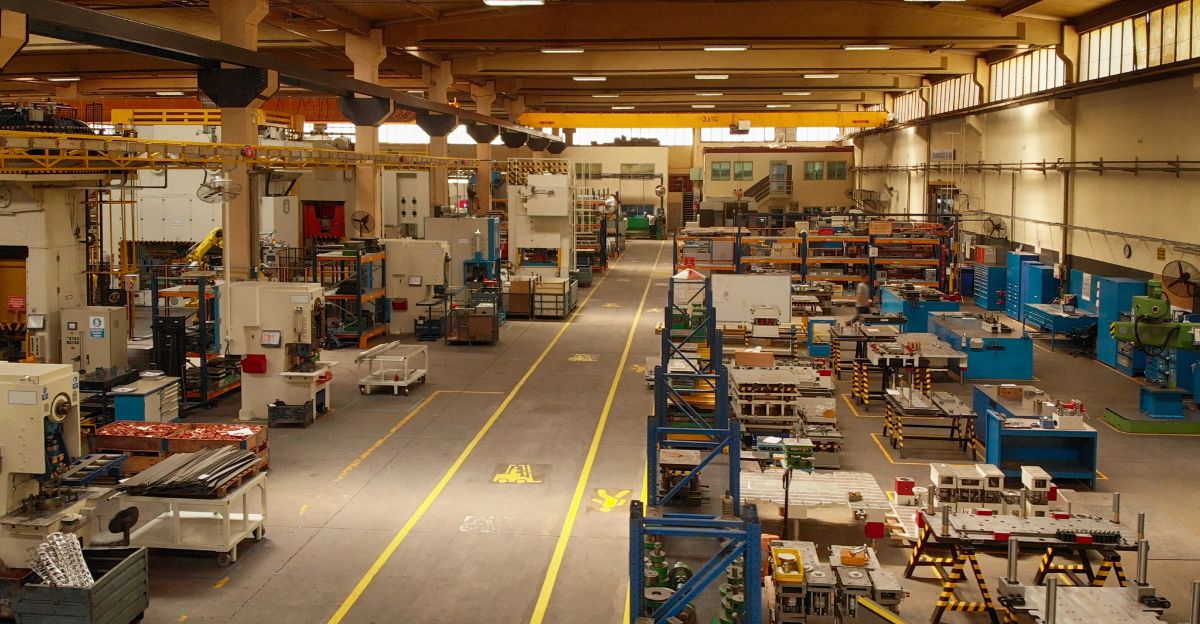
This brief two-week wave fits into a broader year-long pattern across Texas. By July 2025, layoffs in the state were already 15% higher than in 2024.
Manufacturing, oil, tech, and healthcare all suffered cutbacks. Nationally, American companies reduced nearly a million jobs in nine months, the worst numbers since 2020.
Large corporations like Chevron, Hewlett-Packard, and Tesla also announced significant staff reductions, showing that instability wasn’t limited to one region or market segment.
Public Perception

Online discussions reflected growing frustration with both government and corporate responses. Workers on social media questioned why their employers called layoffs a “strategic realignment” when the closures seemed permanent.
Reddit users discussed Texas Instruments’ outdated technology and called the company’s Dallas closure “inevitable.” Similar skepticism surrounded BAMC’s layoffs—some believed politics influenced the contract cuts, not business efficiency.
Across platforms, one feeling dominated: disbelief that mass layoffs could happen so fast with so few answers.
Historical Precedent
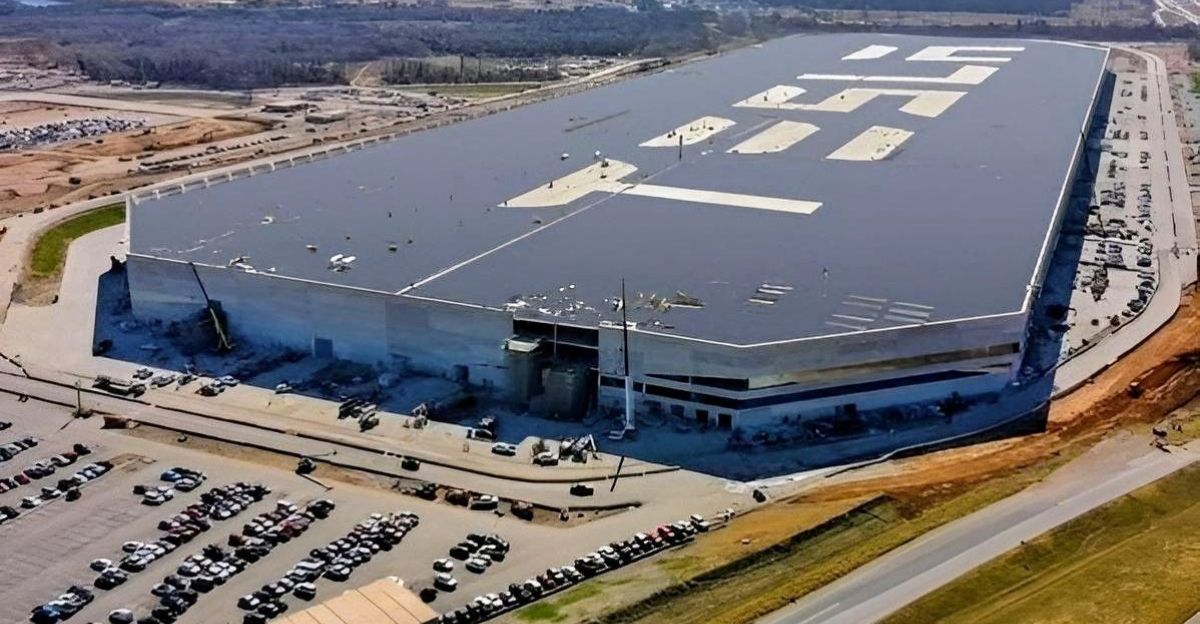
Texas has faced similar layoff waves before. In 2024, Tesla’s Gigafactory near Austin laid off almost 2,700 workers, many learning the news via email before official state filings.
Back in 2001, economic downturns triggered millions of layoffs nationwide. Experts say such short, concentrated bursts of job losses often signal deeper economic trouble ahead.
Some analysts even suspect employers timed the current Texas layoffs to occur before the federal fiscal year’s end, a move that may align with new contract and budget cycles.
Shelter Scandal

The loss of 1,280 Texas jobs in just two weeks shows how quickly major industries can shift—and how devastating those changes can be for workers.
These layoffs weren’t just numbers on state reports; they represented thousands of hardworking people suddenly facing uncertainty after years of service.
A 15% statewide rise in unemployment has left families juggling bills, searching for new work, and bracing for the next wave of job losses with no recovery in sight.
For many, it’s a stark reminder that loyalty and experience are no longer guarantees of stability in today’s economy.